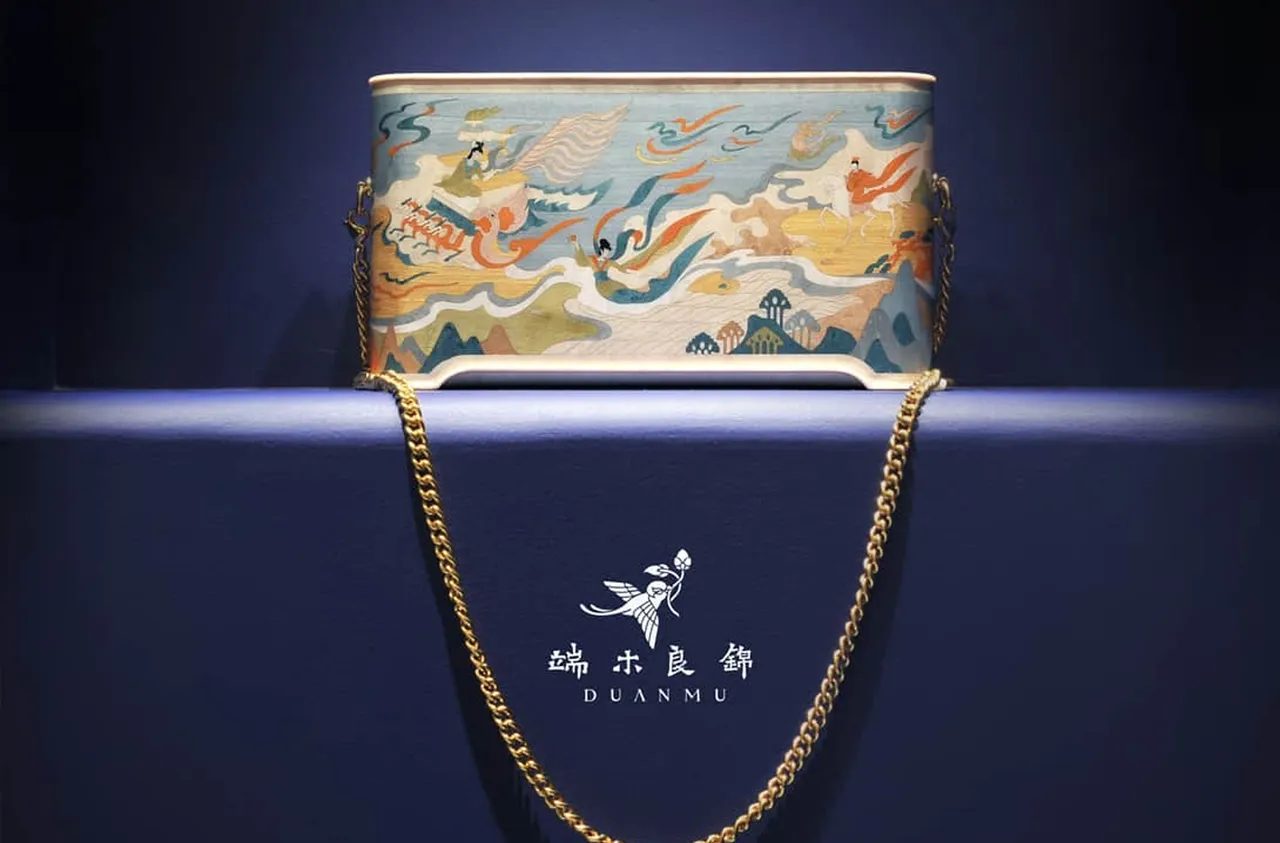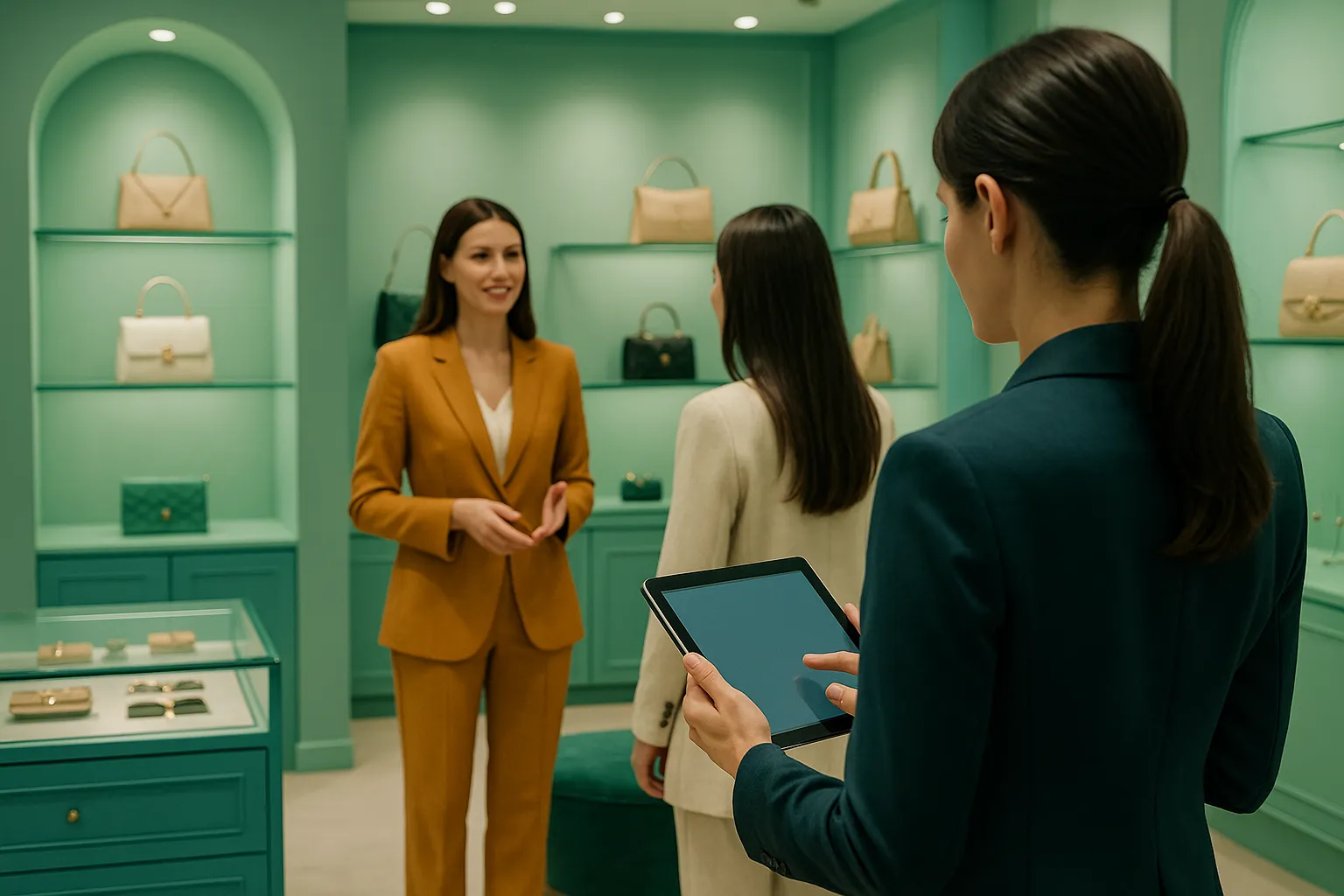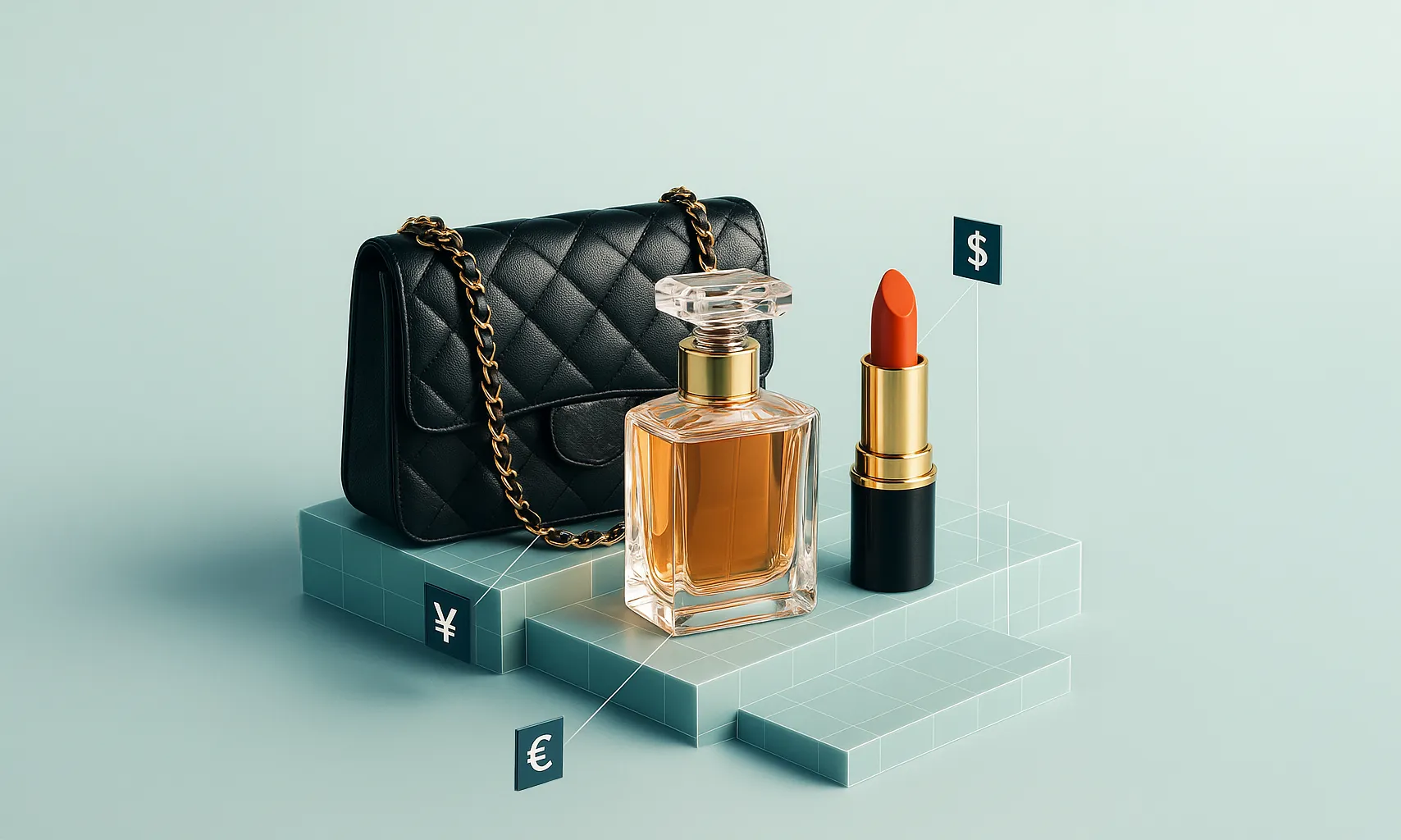Influencer Marketing: The Great KOL of China
‘You get a car, you get a car, you get a car… everyone gets a car.’
Most people in Western world may be familiar with this iconic catchphrase coined by Oprah in the fall of 2004. On September 13 that year, amid hysterical screams and squeals, she gave away brand new cars to all 276 audience members invited to her show. You can imagine the excitement (and hyperventilation) in the studio after she told an ecstatic audience that each one of them was getting a fully loaded Pontiac G6 sedan.
The stunt put a $7.8-million dent in Pontiac’s marketing budget. Was it worth it? Seventeen years later, we’re still talking about it, aren’t we? In terms of marketing ROI, it was worth every penny spent.
The Early Influencer
Oprah has been a KOL for a very long time, using her celeb power to influence the purchase decisions of millions by giving away a bunch of products — slippers, Ralph Lauren sweaters, a BlackBerry device, an iPod, etc., even when there were no such things as Internet or Social Media.
KOL of Duty
China sees hundreds of thousands of Oprahs playing out dozens of you-get-a-car moments on the small screen — every day.
KOLs with millions of followers make a daily appearance on their own live shows. For a few hours, they offer deep discounts on niche products, often demo’ing them live in the show while fielding audience questions in real-time. To keep the engagement quotient high, sometimes a celebrity guest or two is invited to chat or sing or dance. Throw in background music, now-or-never discounts, perhaps a lucky draw or two, and it’s a jackpot for brands trying to capture a bigger slice of the world’s biggest marketplace.
China is a unique market where influencer marketing dwarfs traditional advertising. Unlike a lot of western markets where a following of 100,000 can earn you the top influencer badge, in China, KOLs with less than 250,000 followers are considered ‘micro’ on certain platforms.
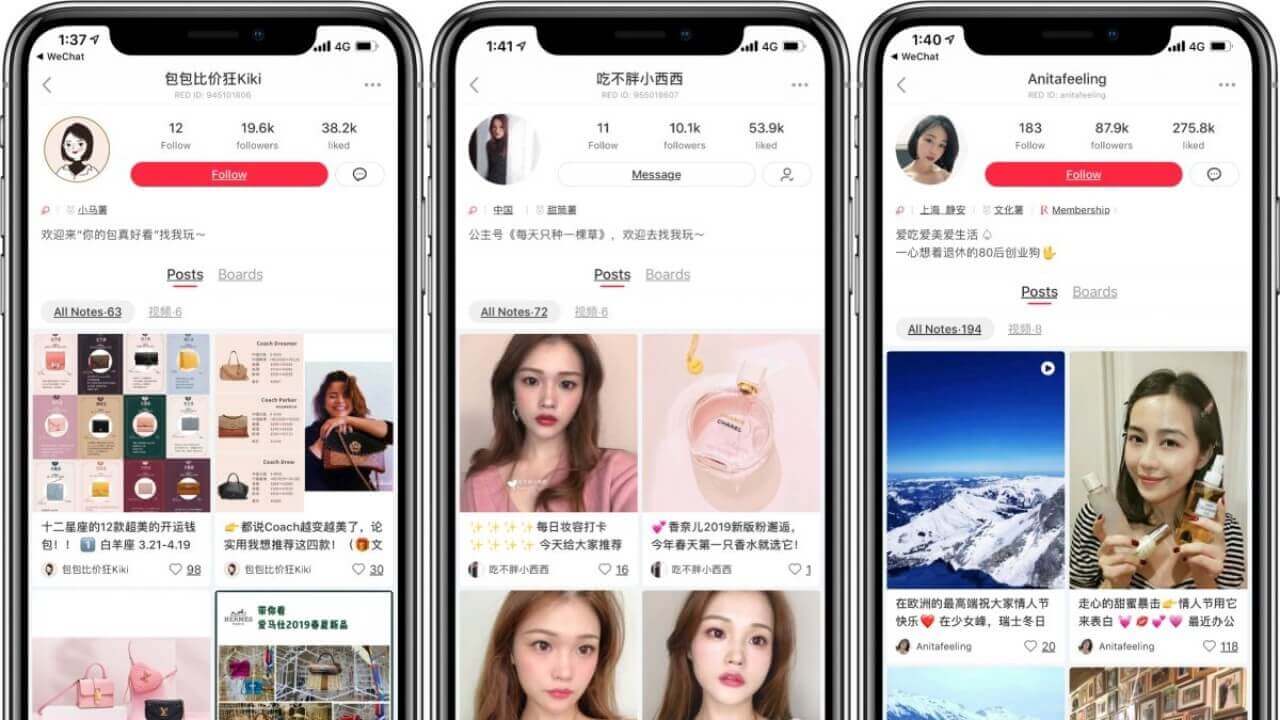
Image source: GMA
The country’s biggest KOL, ‘lipstick king’ Li Jiaqi(李佳琦) (Austin Li) has over 100 million followers across various platforms. He was, in February this year, acknowledged by Time magazine as one of the emerging Top 100 Most Influential People in recognition of his personal achievements in China’s e-commerce livestreaming as well as charitable contributions.
Li may be the only one with a following that runs in three-figure millions, but there’s competition from the likes of Viya(薇娅), 雪梨_Cherie or even CEOs of Chinese leading companies. Yes! Believe or not, the several times of those CEOs’ appearance brought up billions of RMB GMV, like Dong Mingzhu of Gree (格力董明珠),Luo Yonghao of Smartisan (锤子科技罗永浩)
Winning KOL-laboration
Luxury brands have adapted very well to this ecosystem, with brands like Burberry and Cartier associating with Kris Wu (吴亦凡), Zhou Dongyu (周冬雨), Lu Han(鹿晗) and Ma Sichun(马思纯).
Of late, it appears Louis Vuitton has perfected the art of celeb marketing in China, employing the services of top KOLs like Anny Fan and Kris Wu to drive brand buzz, especially among Gen-Z. The brand has custom-created its sneaker-centric WeChat Mini Program to host product drops, was one of the first luxury brands to livestream on RED (a.k.a. XiaoHongShu) and collaborated with Bilibili, – platforms as Instagram, Pinterest and YouTube in west, only whose users are mainly Millennials and Gen Z, to let users create virtual avatars of the game’s characters.
Louis Vuitton also livestreamed its Shanghai fashion show, which earned record-breaking views on Weibo and Douyin (Tik Tok in China). The brand collaborated with Chinese actor Zhu Yilong (朱一龙) during last year’s Singles’ Day (11/11) shopping holiday. Research firm TD Reply reckons that helped it generate the biggest buzz, taking a quarter of the total buzz volume on 11/11 in the luxury segment.
Other brands like Gucci, Bulgari, Cartier and Dior, have all utilized KOLs creatively and innovatively to reinforce their brands and boost sales.
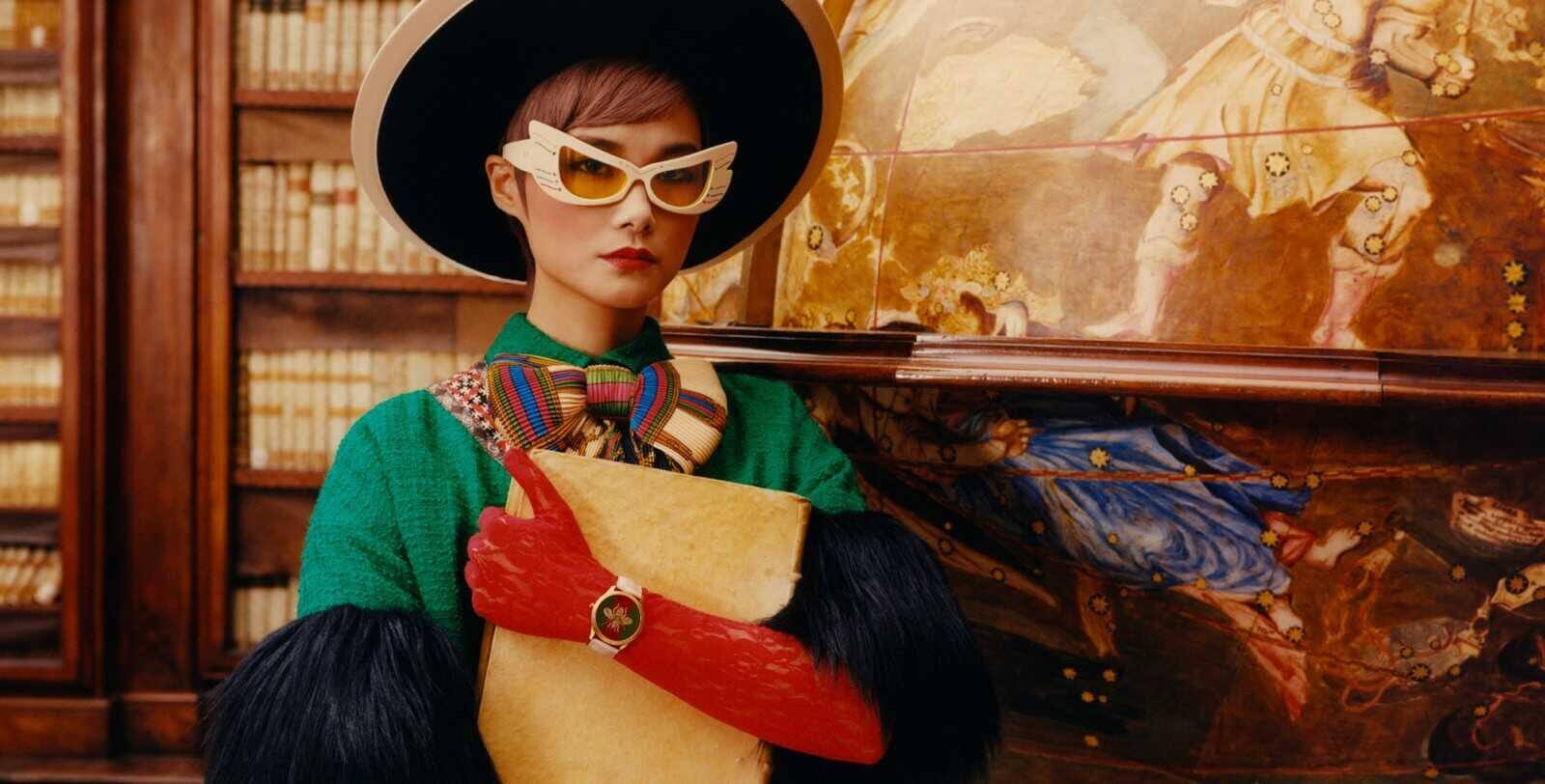
Image source: Gucci
Local Chinese luxury brands are not far behind, either. Chow Sang Sang (#8) climbed into the Top 10 of the Gartner Digital IQ Index 2020. Its hashtag #BlingBlingChowSangSang was the most-used paid hashtag of all tracked brands last year. On RED, the brand saw the highest growth among the watches and jewellery brands due to its successful hashtag campaign. Its rich KOL portfolio has helped it become one of the most successful brands on Douyin while the same KOLs help its very successful, always-on livestreaming strategy on Tmall.
Another local luxury brand that featured on the Gartner Digital IQ Index 2020 is Chow Tai Fook, which shares the No. 10 spot with none other than Prada. It follows an aggressively KOL strategy to generate organic conversations, and has emerged as one of the fastest-growing brands on RED. In fact, it now rivals pure watches and jewellery brands like Tiffany and Bulgari in number of mentions online.
The KOL Windfall
Experts maintain that China’s influencer market is at least half a decade ahead of the West. The proliferation and seamless integration of digital platforms like Alibaba’s Taobao Live, Baidu and JD.com allow KOLs to make an emotional connection between brands and consumers.
Sales through live streaming commerce are estimated to have grown by 100 per cent in 2020, to hit $60 billion. Advances in technology together with socio-economic factors have led to China being one of the world’s largest influencer-led markets. Chinese young shopper relies more on word-of-mouth and is more likely to follow the recommendations of KOLs.
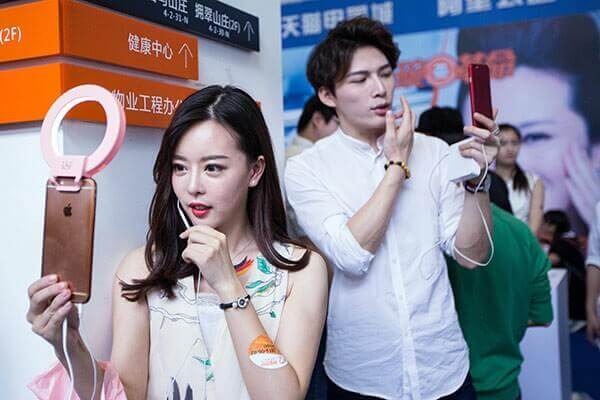
Image source: China Daily
It is not only the quality but also the authenticity of the wanghongs (网红) and KOLs that attracts users to engage with these livestreams. Beyond that, brands, especially the luxury labels, must choose their KOLs carefully. There may be several KOLs that can create high-quality content, but the key is to identify KOLs that share a brand’s values. Cost-effective KOLs and livestreaming have come together in China to offer brands the opportunity to showcase their products to an engaged audience and create meaningful brand stories. Through KOLs, they can trial new products and receive feedback in real-time — and all this in a market that offers scale and growth. Consumers, on the other hand, get friendly advice — and competitive pricing — on products and services they want.
